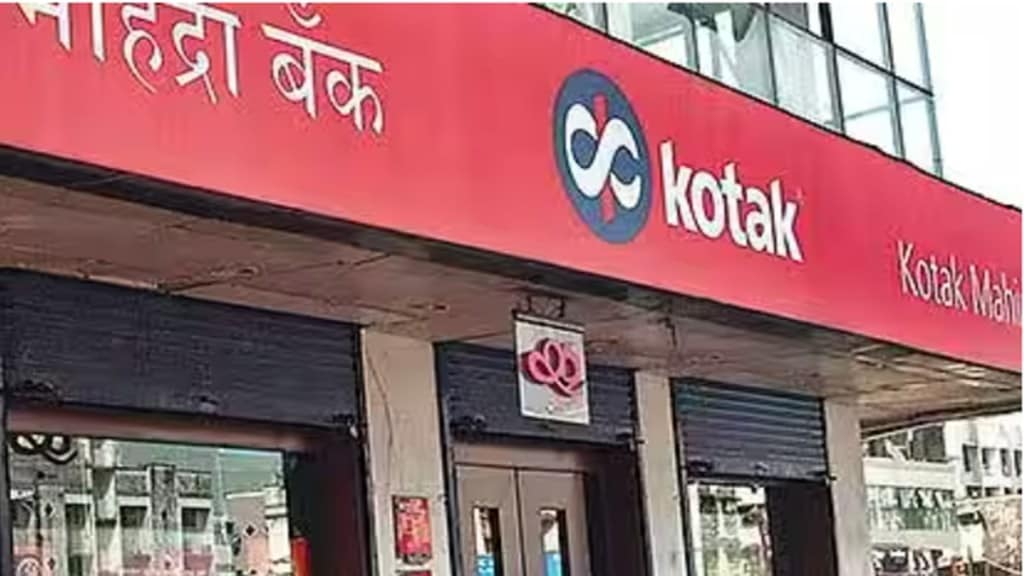With the demand for credit being fairly robust, Shanti Ekambaram, director, Kotak Mahindra Bank (KMB), believes that the system credit could grow by 15-16% this year. Ekambaram points out that the market for consumer loans has become intensely competitive and tells Shobhana Subramanian the pricing game has now moved to the retail segment. Excerpts:
The loan market has turned very competitive. Given this, how do you expect banks to fare? What kind of a loan growth are you expecting for the industry this year?
The wholesale segment has been very competitive since banks are competing with the debt capital market. It has been very rate-driven, especially in the short-term segment. On the commercial side which includes the CVs and tractors segments, banks and NBFCs are well placed. In the SME segment, while it is competitive, private sector banks are well placed. In the consumer segment, home loans are highly competitive and rate-sensitive. The demand across segments is reasonably good, especially SME and consumer. With banks moving more to the retail side, the pricing game has moved to retail, from wholesale. I would put the growth this year at about 15-16% since the monsoons have so far been reasonably good. But the first quarter is not the best indicator, we need to see how the busy season pans out.
In a competitive market, what can be the USP to grow assets?
It’s about the customer base, not just lending but also cross-selling to that base, so the customer strategy is important. But it is also about the product, the turnaround time and the servicing. Pricing alone cannot be a long-term sustainable strategy; the lens has shifted to the customer from the product.
How is the digital transformation coming along?
Digital is now centre of play for financial services providers. It has accelerated and customers are adjusting fast both on the asset and liability sides. Almost 98% of our savings transactions volumes go through digital platform – net and mobile. Most individual customers have moved completely, the business customers still come to the branch because they sometimes deal in cash. The mantra now is digical – digital plus physical, that’s the transition.
To what extent is technology taking over the risk assessment process?
One needs to be careful about taking the right risk – you need to know customers and gauge them on the right metrics. The diligence needs to be done physically, you still need to meet managements before you lend to them. It has always been a physical model but today some part of it has become digital. But it is possible to scale up this way. Since SME customers provide us with many sources of revenue – they give us CA, SA, forex and so on – it is well worth the effort. Banks largely do SMEs lending directly and rely on their distribution strength. That’s a way of getting data.
How much of co-lending is really happening?
A large part of this started in the priority sector lending, affordable housing and agri space where banks don’t always have reach. The size of the market is small, but a model can be developed because the risk can be shared; you can embellish distribution in areas where you are not present for some products. Over a period of time, it gives fintechs a larger balance sheet. The account aggregator mechanism today is still very small, it is being used more by NBFCs and fintechs rather than banks. Fintechs do unsecured products with a finite tenure, banks have a very different lending model.
